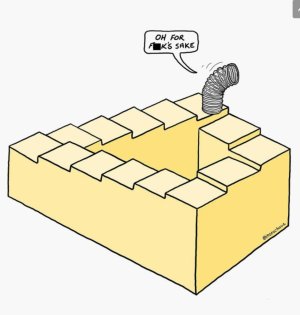sachinchavan 15865
Well-Known Member
No. Darbaar were held in king’s courts, which were also called darbaars therefore. I was only pointing out that (as against what you wrote) North Indian classical music was mostly performed indoors, in well designed and furnished venues. Never outside like folk.Darbars were held in open halls?
It’s only in recent decades (after loudspeakers became common) that we have classical music festivals like Sawai Gandharva held in open grounds.
BTW, try watching Ray’s ‘Jalsaghar’ - a classic film about a decadent landlord’s love for hosting classical performances in his music room (Jalsaghar) and the sacrifices he makes for it.
Last edited:


